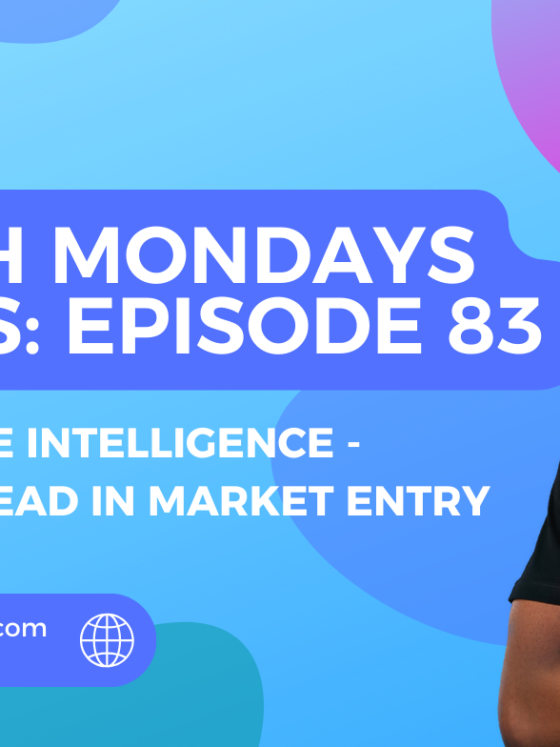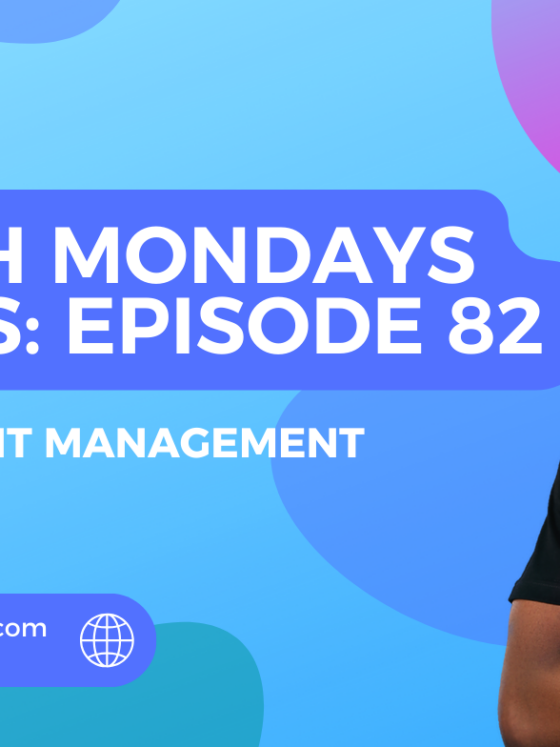Cybersecurity in 2025: What Businesses Must Know
North Mondays Series: Episode 123

If you haven’t stumbled on one of your favorite Nigerian influencers hyping OPay’s new security playbook, then maybe you’re not really on Tinubu’s Internet.
OPay just rolled out features like Scam Alert, Large Transaction Shield, Emergency Lock, Night Guard, and Subscription Control; a toolkit designed to keep your money safer in a world where cybercrime is constantly evolving.
Honestly? We love to see it.
Because this isn’t just a fintech update. It’s a masterclass in staying ahead of threats. Customers, investors and staff members aren’t only asking, “How fast is it?” or “How cheap is it?”
They’re asking, “How safe am I with you?”
This episode is your blueprint for answering that question with confidence.
Cybersecurity in 2025: The Evolving Threat Landscape
The nature of cyberattacks has changed significantly. No longer limited to phishing emails by a “Nigerian prince”. We now face sophisticated, multi-layered attacks powered by artificial intelligence. Criminals are using automation to exploit vulnerabilities at scale, making traditional defenses less effective.
Key threats businesses must prepare for in 2025 include:
- AI-driven cyberattacks: Hackers are deploying machine learning to bypass security systems and mimic human behavior online. That “urgent” voice note from your supplier? It can be faked.
- Ransomware-as-a-Service (RaaS): Now, anyone can buy a ransomware kit and get you locked out of your own systems.
- Supply chain vulnerabilities: A single compromised vendor can become the weak link that exposes an entire network.
- Cloud and remote work risks: As businesses expand into cloud services and hybrid work, misconfigurations and unsecured access points create opportunities for attackers.
- Business Email Compromise: A single inbox breach can lead to fake invoices and six-figure losses.
The reality is clear: the attack surface is growing, and businesses must rethink their strategies.
Cybersecurity in 2025: Why Zero-Trust Matters
In today’s environment, businesses must assume that threats can come from anywhere, including inside their own systems. ero-trust says: “Never trust, always verify.” Think of it as airport security where IDs at every gate, not just the front door.
Zero-trust is built on three core principles:
- Never trust, always verify – Every request for access must be authenticated, regardless of whether it comes from inside or outside the network.
- Least privilege access – Users and systems are granted only the permissions they need to perform their role, nothing more.
- Continuous monitoring – Security doesn’t stop at the login screen; user behavior and system activity must be constantly verified.
By adopting zero-trust, businesses create multiple layers of defense that make it much harder for attackers to move laterally across systems.
Cybersecurity in 2025: What Businesses Must Do Now
If businesses are to stay secure, they must act proactively rather than reactively. The following strategies provide a starting point:
- Conduct regular cyber risk assessments: Map out your vulnerabilities, from outdated software to unsecured endpoints.
- Invest in staff training: Human error remains the biggest cause of breaches. Continuous education on phishing, scams, and safe practices is critical.
- Adopt zero-trust gradually: Begin with high-risk systems and expand over time. This makes implementation more practical and less overwhelming.
- Secure the supply chain: Ensure that vendors and partners adhere to robust security standards.
- Implement multi-factor authentication (MFA): Simple but effective, MFA adds a critical layer of defense against compromised passwords.
- Leverage automation for defense: Just as hackers use AI, businesses can deploy intelligent monitoring systems to detect and neutralize cyber threats faster.
What OPay’s Move Teaches Every Business
Each feature translates security into human-friendly controls:
- Scam Alert: education + early warning for social engineering.
- Large Transaction Shield: tighter controls where risk is highest.
- Emergency Lock: big red button when panic hits.
- Night Guard: time-based guardrails for off-hours fraud.
- Subscription Control: stop “leaky taps” and unauthorized recurring charges.
Copy the principle: protect the moments where humans are most vulnerable.
North Mondays Action Plan
- Audit Your Current Security Posture – Identify vulnerabilities and weak points across systems, networks, and staff practices.
- Educate and Empower Your Team – Launch monthly training sessions to reduce human errors that open the door to attacks.
- Adopt a Zero-Trust Framework – Begin implementing zero-trust principles across your organization, starting with critical data and assets.
- Test and Update Continuously – Run regular penetration tests, update firewalls, and keep software patched.
- Secure Partnerships – Make cybersecurity a shared responsibility with vendors, suppliers, and stakeholders.
Final Thoughts
As we step deeper into 2025, cybersecurity is no longer an IT issue, it is a business survival issue. Whether you’rerunning a startup or managing a multinational, you must prioritize protecting data, customers, and operations. The costs of ignoring these realities are simply too high.
North Mondays is committed to keeping you ahead of the curve. Let this episode be your reminder that cybersecurity is ongoing discipline that defines whether your business can truly thrive in the digital age.








Recent Comments